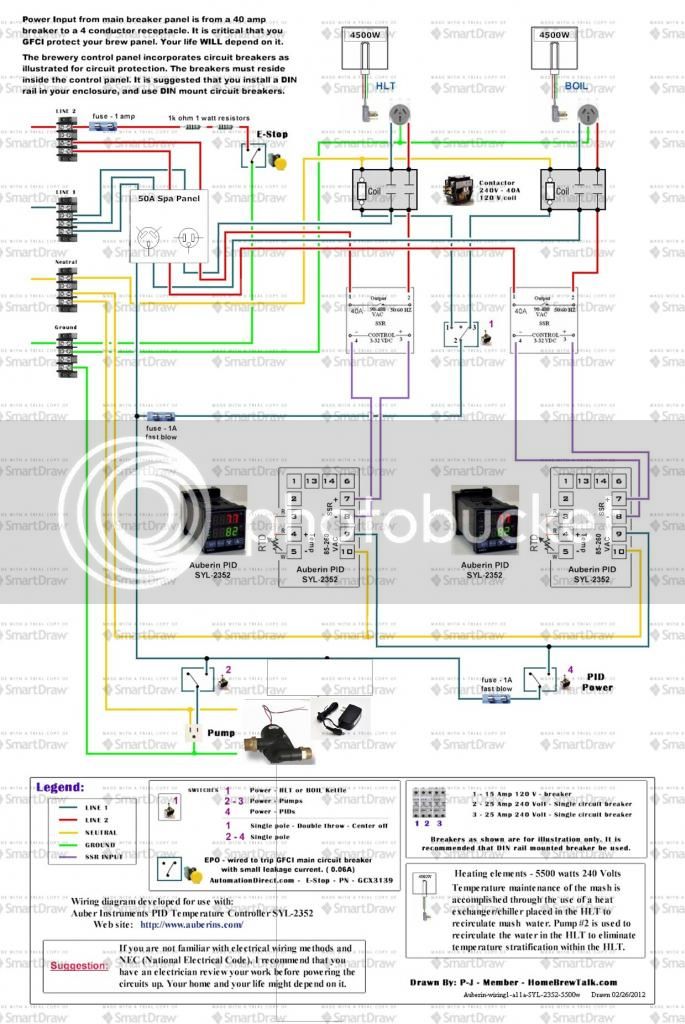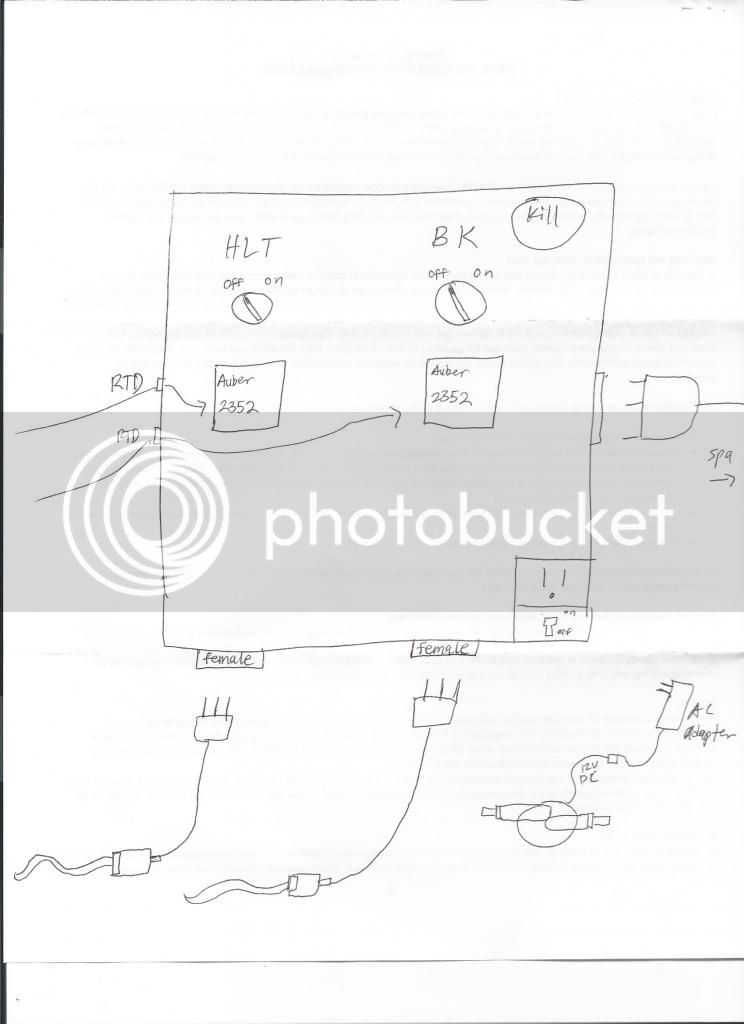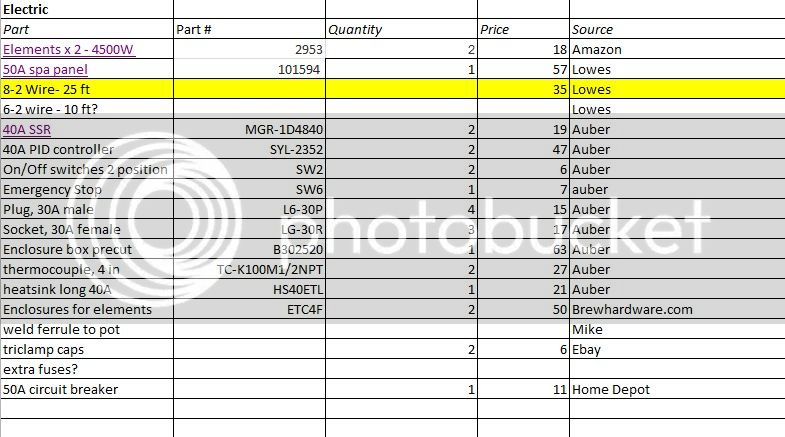ccbadd
Well-Known Member
mendozer, you could start with one of these:
http://www.stilldragon.com/diy-controller.html
and keep it simple and cheap to make the initial switch.
I have one as a backup if my main cp has an issue and it works like using the stove or on propane.
http://www.stilldragon.com/diy-controller.html
and keep it simple and cheap to make the initial switch.
I have one as a backup if my main cp has an issue and it works like using the stove or on propane.



























![Craft A Brew - Safale BE-256 Yeast - Fermentis - Belgian Ale Dry Yeast - For Belgian & Strong Ales - Ingredients for Home Brewing - Beer Making Supplies - [3 Pack]](https://m.media-amazon.com/images/I/51bcKEwQmWL._SL500_.jpg)
































